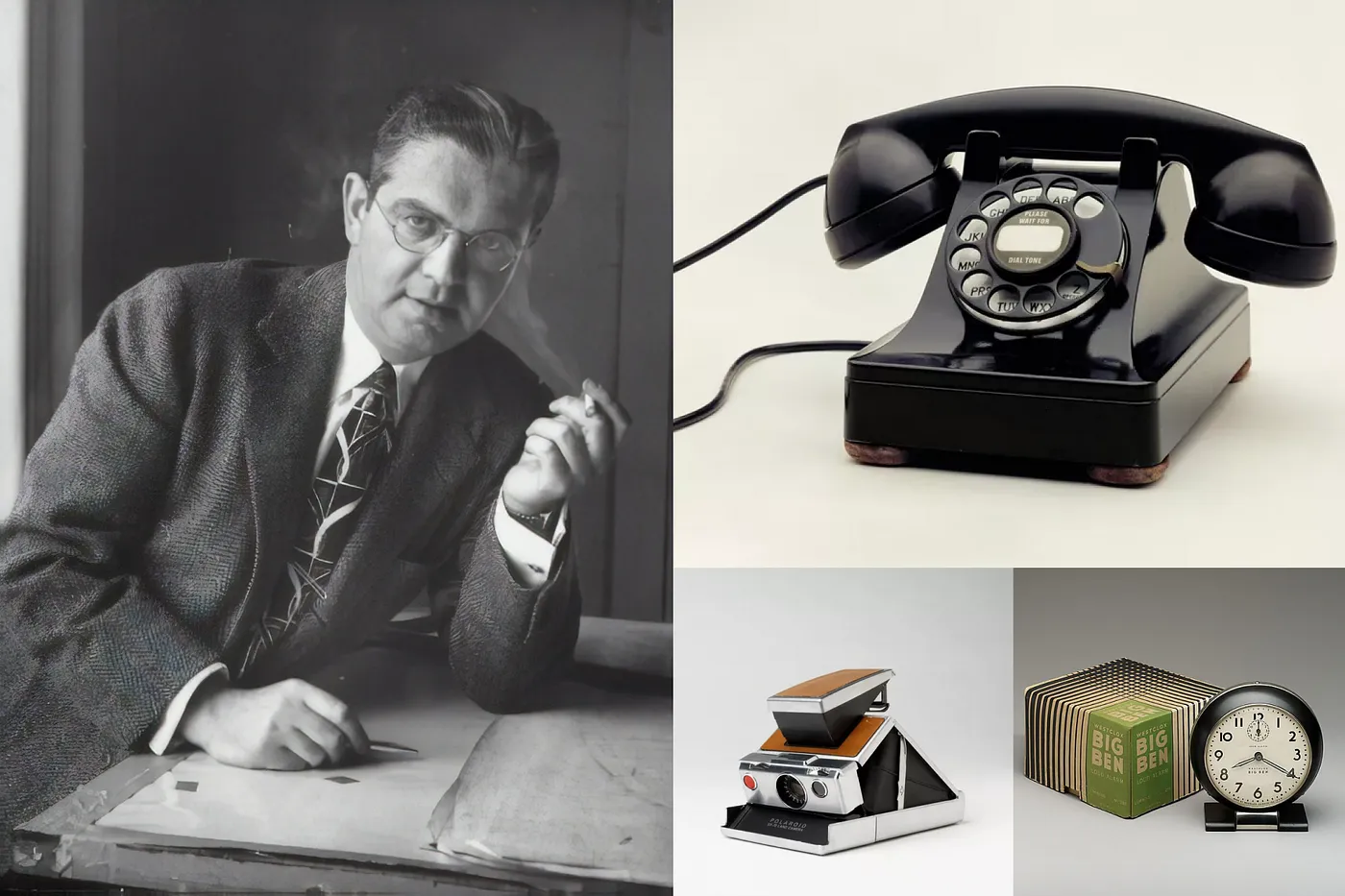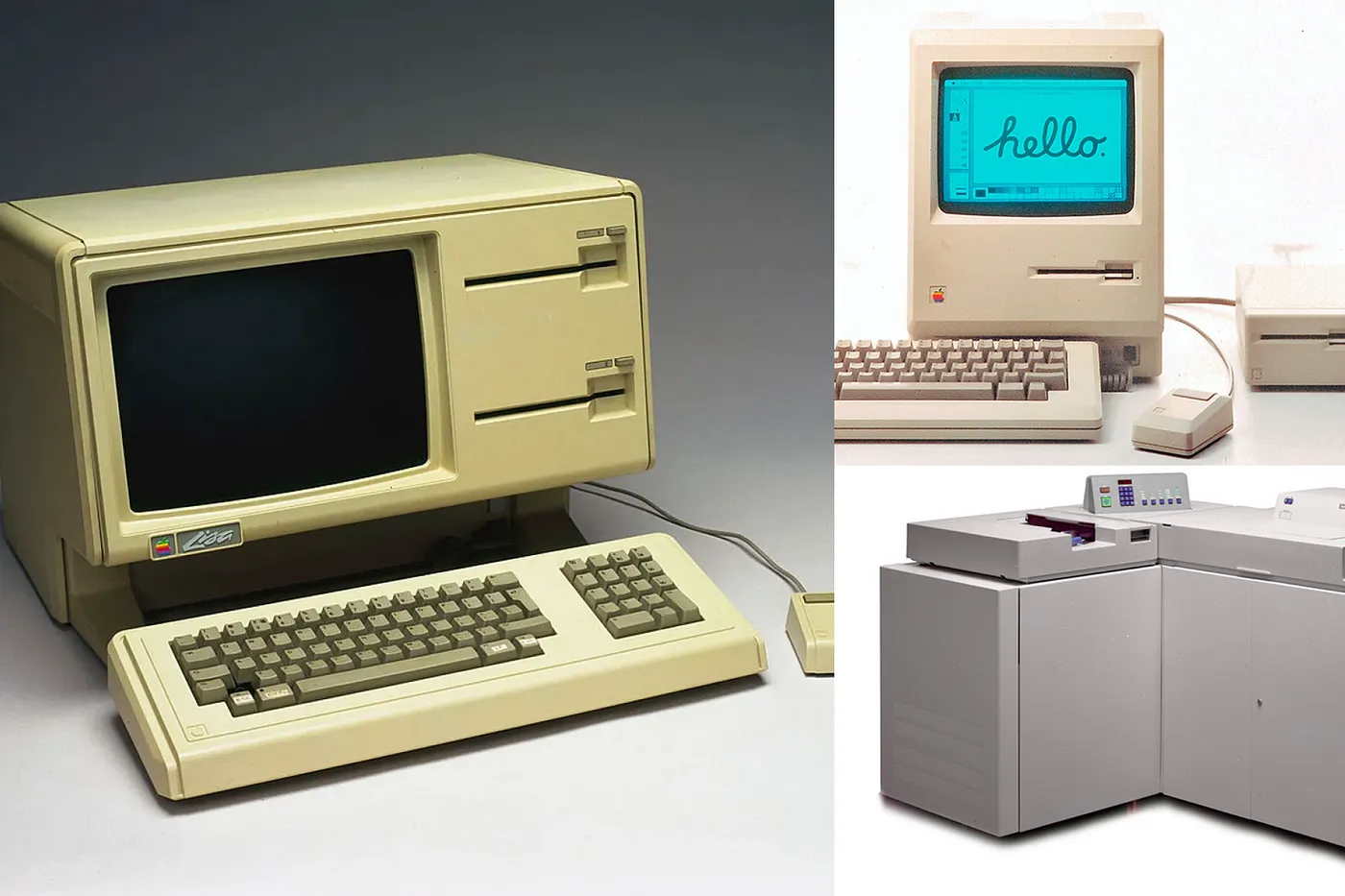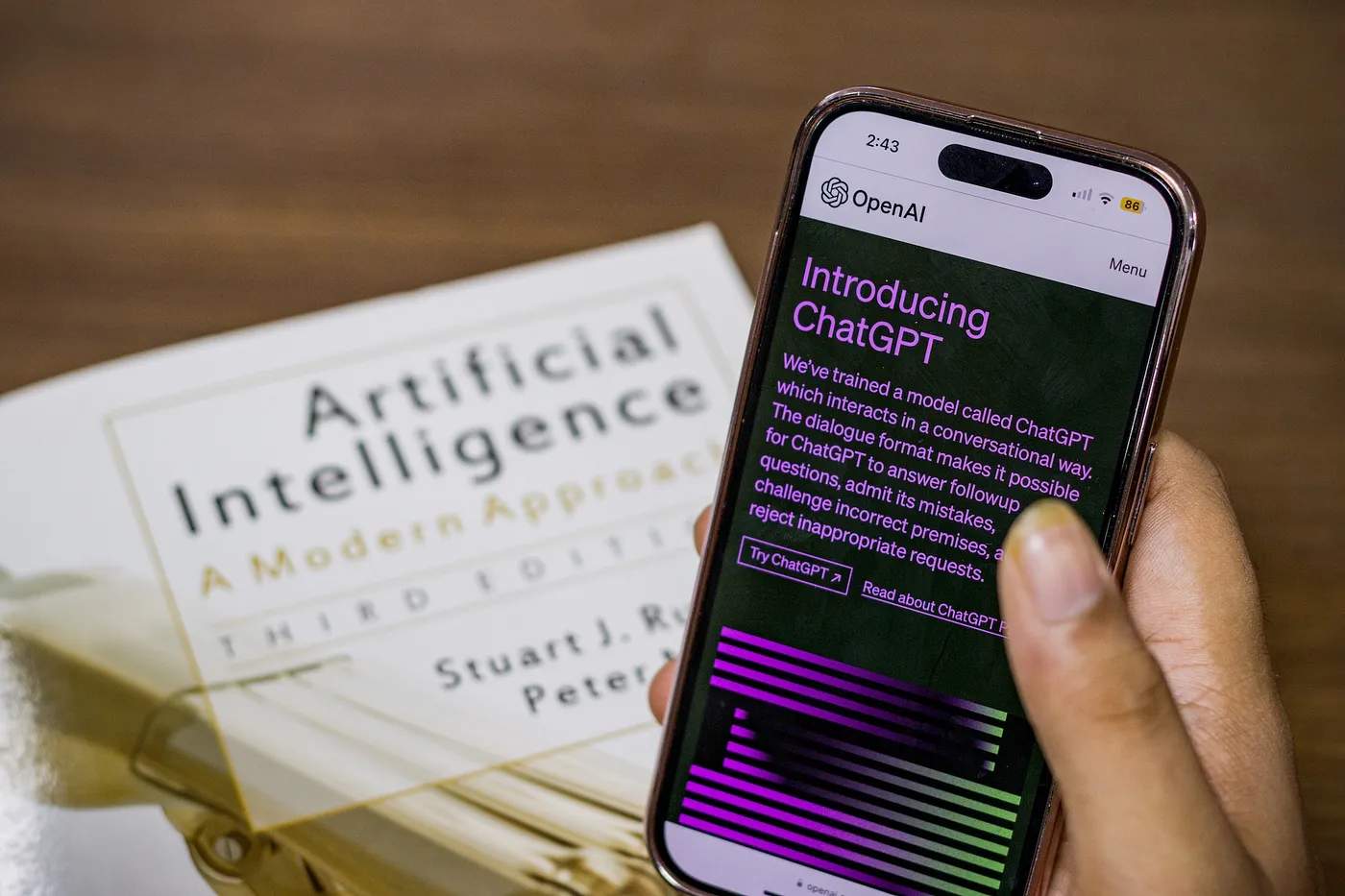
l
> blog
The Captivating Story of UX Design: The Past, The Present, The Future.
The concept of user experience, or UX, is not a new thing. Ever since there have been users for anything from their homes to things they’ve bought, user experience has been an integral part of that. But you wouldn’t be wrong if you assumed it was an idea born in the 21st century.
The term user experience design was coined by cognitive psychologist and designer Don Norman in the 90s while working for Apple. But UX predates that, by a couple of centuries. Shocked? That was my reaction when I was researching for this article.
Why does it matter anyway? Learning about the past while we should be looking forward. Well, it does; learning about the history, how it came to be, and the roots of UX will help us cruise through the many nooks and crannies of UX design.
Whether you’re a newbie or a pro, this might help you understand and think differently when designing systems that are for the users.

Feng Shui: And the Art of Arranging Things
Originating somewhere around 1000 BC, Feng Shui is a way of arranging your surroundings to maximise energy flow.
You might be wondering what this ancient practice has to do with UX design. And when you think about it, it makes complete sense.
Feng shui translates to wind and water and refers to the spatial arrangement of objects in relation to the flow of energy, which, in simpler words, means arranging your surroundings in the most optimal way possible. It takes into consideration everything from colours to materials and layouts.
Like this, a UX designer applies similar principles when arranging the different elements that make up a website or app. Making sure that the end product is an intuitive, user-friendly experience.

The Greeks and Ergonomics
Similarly, some principles of UX design can be traced back to the Greek empire around the fifth century. The Greeks designed their tools and workplaces based on ergonomic principles.
Ergonomics is a scientific discipline concerned with the understanding of interactions between humans and systems.
One strong example of this is the way Hippocrates described a surgery room, and how to set it up. He refers to the lighting, the arrangement of tools in such a way that they are easily accessible by the surgeon.
Similar to how UX designers of today make sure that important stuff is within reach for their users to ensure a more user-friendly experience.

Toyota and the Value of Human Input
Fast forward to the 1900s, when, in order to increase workplace efficiency, Toyota developed their famous human-centric production system. Which ensured that human input was considered crucial. The factory workers were encouraged to halt production if they had feedback or suggestions to improve the process.
Sounds a lot like usability testing, doesn’t it? Well, that’s because it was. This was one of the earliest implementations of user testing and feedback and marks an important step in UX history.

Henry Dreyfuss: Designing for People
By the mid-1900s, another turning point came in the form of Henry Dreyfuss, an American industrial engineer whose claim to fame include the Hoover vacuum cleaner, the tabletop telephone, and the Royal Typewriter Company’s deluxe model.
His design philosophy was based on common sense. In his book “Designing for People”, he wrote:
When the point of contact between the product and the people becomes a point of friction, then the [designer] has failed. On the other hand, if people are made safer, more comfortable, more eager to purchase, more efficient, or just plain happier by contact with the product, then the designer has succeeded.
This pretty much explains UX in a nutshell.

The Xerox, Apple, and PC Era
The 70s kicked off with a drastic change. With advancements in personal computing, psychologists and engineers started working together (and not because engineers needed therapy) and shifting their focus to user experience.
With many influential developments coming from Xerox, like the GUI (Graphical User Interface) and the mouse, they set the tone for modern computers.
And with the release of the OG Apple Mac in the mid-80s, Apple became the forerunner in UX design as we know it. From the iPod to iPhone. From the capacitive touchscreen to the dynamic island. Apple has been running the show.

The Christening
By the mid 90s user experience was very much in play, especially with tech giants like Apple and Microsoft on the rise. But it still didn’t have a name.
And then came Donald Norman, a cognitive psychologist and engineer who joined the Apple team as their user experience architect. One of the first people to have UX in their job title. He coined the term user experience design to bring all of UX under one umbrella.
Before this, in 1988, he published The Design of Everyday Things, which continues to be a staple of UX design theories.

The Present Day
UX has transformed a lot over time. Although it has evolved from the physical world to the digital world, its core has always been the same.
Today’s UX designers face a lot of challenges each day. And with the introduction of more and more ways to interact with a user, this is getting complicated as we speak (or read).
With the introduction of AI, the process might become simpler. But as a UX designer, you should be prepared to make that leap when it comes to that.













